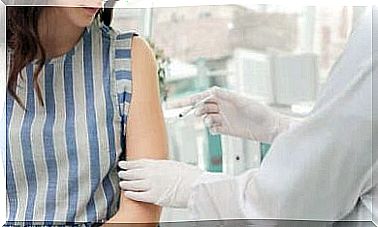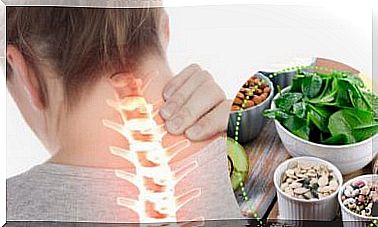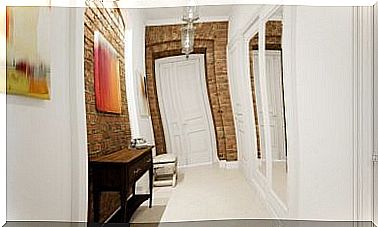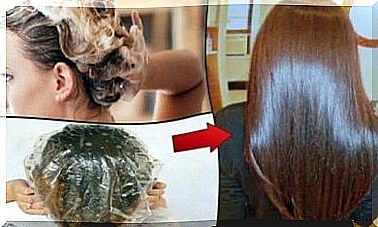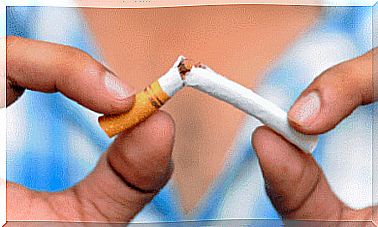Genu Varum Eller Hjulben: Causes And Treatment

Wheel leg is a condition that affects the natural or anatomical alignment of the knees. Children who suffer from it have an excessive arch that separates their knees and brings their ankles and feet closer together. The technical name of this condition is genu varum.
This word is derived from the Latin genu meaning “knee” and varum meaning “moving away from the center line of the body”.
This condition is normal in babies up to one and a half years old. The legs begin to straighten from the age of 12 months, or when children begin to walk.
If the legs do not straighten when children are between 2 and 3 years old, or if they bend more, one needs to consult a pediatrician. Below we will explain how the doctor examines a child with genu varum.
Does genu varum cause any other symptoms?
Wheel-legged children sometimes walk with their toes pointing inward. It can cause children to stumble a lot.
This problem usually resolves itself as children get older. However, if the problem persists into adolescence, it can cause pain in the ankles, knees and hips.
The primary causes of genu varum or wheel bones
Babies are born with wheel bones due to their position in the womb. Some of the bones rotate a bit as they grow inside the mother’s abdomen to be able to be there in this small area.
This curvature is called physiological wheel bone. Doctors consider it to be a normal stage in a child’s growth and development.
In some children, however, this condition can also be caused by bone fractures that have not healed properly.
Diagnosis of genu products
To determine if a child is suffering from genu varum, the doctor will examine the child’s medical history. L æger usually perform tests on children over 2 years.
They usually follow these steps during the study:
- Measures the distance between both knees while the child is lying on his back.
- Observes how the child walks to determine an abnormal gait.
If there is no discomfort and the legs are bent almost symmetrically, the doctor will only recommend observation. In other words, parents need to keep a close eye on their child’s development to see if the inflection gets better over time.
These are only some cases that require an orthopedic assessment. The professional will decide this if:
- The legs do not straighten on their own.
- If the bend is asymmetrical (the legs are bent to varying degrees).
- The child has other symptoms such as pain, lameness, weakness or difficulty walking and running.
If so, your doctor will order an x-ray if he or she suspects Blount’s disease. This disorder is when the tibia turns inward. It is a growth defect that is slowly getting worse with time. Experts do not yet know the reason for this.
Another cause of genu varum is English disease. Vitamin D deficiency causes this disorder. To verify this, orthopedists will order blood tests.
Treatment of genu varum or wheel bones
If the doctor has assessed that the bend is physiological, he or she will not indicate any kind of treatment. The legs will straighten out by themselves as the baby grows. Experts recommend that the baby be examined every six months to see if the legs improve.
There are two types of treatment to correct them. One is orthopedic and the other is surgery.
Non-surgical treatment
Some children may need orthopedic braces or braces. They are used in severe cases with wheel bones or in case of Blount’s disease.
Doctors usually indicate vitamin D for patients with English disease, and they also recommend incorporating more calcium into the diet. Likewise, they recommend increasing the exposure to sunlight.
Surgical treatment
The orthopedist can determine if the degree of flexion requires surgery. Cases of Blount’s disease often require surgical treatment.
Doctors can perform the surgery at an early age. In special cases, the operation can only be performed when the child has finished growing. The decision will depend on the degree of bending and the benefits.
Healing and prognosis
Since it can only be part of the development, there are no preventative measures against wheel bones. As we have explained above, in many children it is just a stage in their growth.
One of the preventable causes is English sickness. To avoid this condition, children should play outside to get sunlight.
Cases of physiological wheel bones have a good prognosis. In most cases, the bend will correct itself and the child will have no trouble walking.
When severe cases of wheel bone are not treated, it can lead to osteoarthritis of the knees or hips when one grows up.
Genu varum is not always physiological
Children with physiological wheel legs do not have to make changes in their daily activities. They can walk, run and play normally. They can actually be active just like any other child their age.
Parents just need to keep a close eye on their growth and development. Consult a doctor if your child’s legs do not straighten on their own or if further discomfort occurs.

